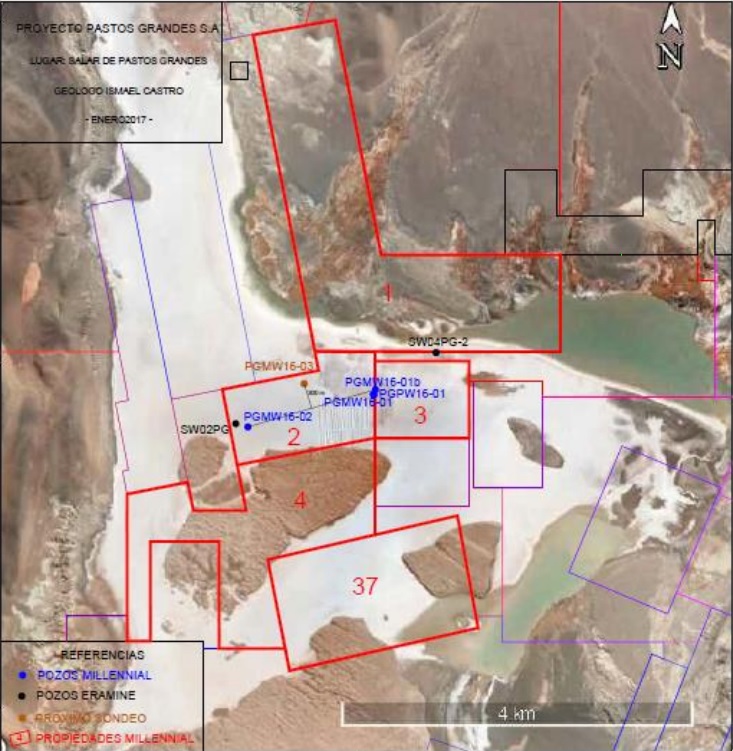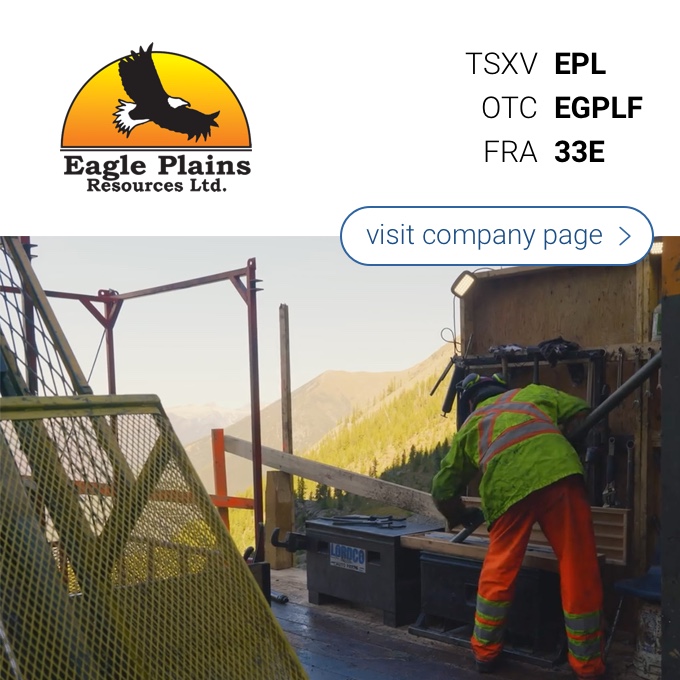
Millennial Lithium (ML.V) has released the assay results from two exploration wells on its Pastos Grandes lithium project in Argentina’s Salta province. The two holes were drilled in the northern part of the salar, approximately 1.5 kilometers away from each other and both holes encountered (the same) thick sequences of brine-bearing sediments. Despite having drilled the holes more than twice as deep as previous operator Eramet (ERA), both holes ended in brine bearing formations at respectively 355 meters and 400 meters below surface, and that’s actually deeper than expected.

The average lithium grade in both holes was approximately 395 mg/l and 389 mg/l, with grades ranging from a low of 297 mg/l all the way up to 471 mg/t, which seems to confirm our expectation the density of the brine is increasing at depth as the heavier lithium particles ‘sink’ to the ‘bottom’. With an average grade of almost 400 mg/l, the assay results are much better than the average of 331 mg/l that were assayed by Eramet. Not only is the average grade almost 20% higher (and keep in mind these are just the first two holes, and both holes ended in brines), the magnesium:lithium ratio is very acceptable at 6.1-6.2.
As said, the first two holes were focusing on the northern part of the salar, but in this year’s exploration program, Millennial Lithium will also drill some holes on the southern part of the salar, where historic drilling by Eramet encountered lithium grades that were almost twice as high compared to the northern portion. With 558 and 566 mg/l as first indication of the grade on Pastos Grandes South, Millennial Lithium has a good shot at defining a resource estimate with an average grade of close to 500 mg/l, and a mid single digit magnesium/lithium ratio.
Go to Millennial’s website
The author has a long position in Millennial Lithium. Millennial is a sponsor of the website. Please read the disclaimer
